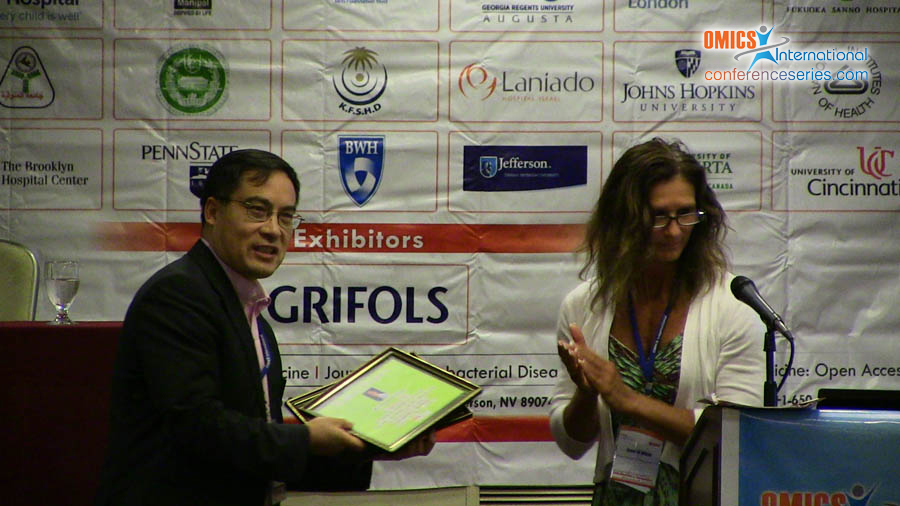
Daqing Ma
Imperial College London,UK
Title: Novel Strategy against Perioperative Remote Lung Injury after Renal Transplantation
Biography
Biography: Daqing Ma
Abstract
Remote lung injury is a common complication which has been reported previously in several pre-clinical settings. However, its clinical significance has been largely ignored. In fact, it may be the major cause of most patients following major surgery who often admit into Intensive Care Unit. Remote lung injury has been suggested to be due to putative mechanisms include the release of pro-inflammatory cytokines such as IL-1β, IL-6 and particularly TNF-α from injury organs or tissue into the systemic and pulmonary circulation and then causing pulmonary tissue injury and inflammation. However, the precise causal relationship between ischemic organ/tissue or surgical trauma and remote lung injury has not been well established and the treatment is even rather limited. Renal transplantation is inevitably associated with ischemic injury due to cold storage in transportation and histocompatibility tests. This injury can be exacerbated upon engraftment, namely ischemia-reperfusion injury, which involves a cascade of events including acute tubular necrosis, inflammation and oxidative damage to renal parenchyma and also remains as one of the most formidable obstacles in the success of renal transplantation although allograft immune-rejection is still a core cause. Recently, accumulating laboratory and clinical evidence have highlighted that acute ischemic renal injury induces remote lung injury; Likewise, early renal graft injury after transplant surgery might be also associated with the rapid development of pulmonary insufficiency. Our novel strategy that was reported recently likely has a hope to tackle this problem. This lecture will cover the mechanism of remote lung injury, its clinical manifestation and novel preventive and treating strategies which has a very high chance to be translated to bedside for the best benefit of transplant patients.


